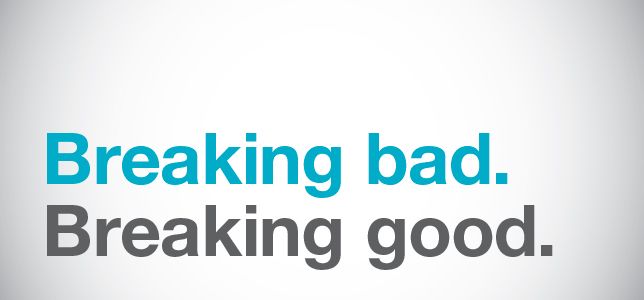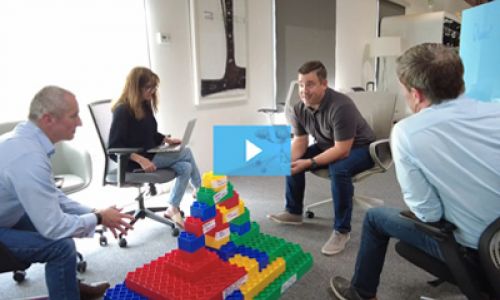I remember being captivated by the dilemmas and choices taken and not taken by characters in the series. The moral, ethical, economic, self-esteem and identity choices that these characters made remind me of similar predicaments that organizational leaders face.
- Why did a seemingly good man like Walter White turn bad?
- Why do good companies go bad?
- Why do we struggle with change when it’s clear that the current course of action isn’t providing us the results we expect?
- Why do we remain addicted to the same approaches to work?
- Why don’t we break bad habits?
The challenge for business leaders is changing habits that bring suboptimal results. We become comfortable with doing things a certain way. Changing habits and behaviors introduces discomfort, risk, fear of failure, or judgment.
Here are the first three steps that business leaders can follow to prevent their organizations from ‘Breaking Bad’ and to challenge the status quo:
- Acceptance. The first challenge leaders face is acceptance. Acceptance that every habit is, or will, be suboptimal. Habits may appear to be providing you what you need when, in fact, they are only teasing you into believing that. Habits should be treated like assets. They depreciate over time. Acknowledge and accept that habits need to be replaced by new strategies and smarter technologies.
- Suboptimal. Recognize when good habits result in suboptimal outcomes. Habits/assets can become a millstone—a company can become stuck with a building, a piece of equipment, or even a particular employee. Habits can cloud our organizational identity, leading to a restricted view of the company and failing to recognize its full potential. Systems and processes can become routine and bureaucratic, often at the expense of customer experience.
- Why? Business leaders can sometimes fall into the trap of finding themselves saying “this is the way we’ve always done things.” This is shorthand for “I don’t know why we do it that way, we just always have.” People who challenge these practices are often seen as disruptive and complainers. But executives and managers should always be prepared to answer why things are done the way they are. After all, without an answer, this is no value proposition.







